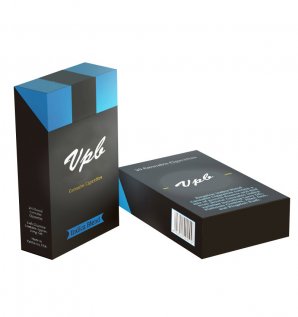In the highly regulated medical device industry, ensuring product quality, patient safety, and compliance with global standards is paramount. ISO 13485, the internationally recognized standard for Quality Management Systems (QMS) specific to medical devices, emphasizes a risk-based approach throughout all stages of product realization. Among its core principles, risk assessment plays a pivotal role in shaping the effectiveness, completeness, and accuracy of ISO 13485 documentation processes.
Understanding the Connection Between Risk Assessment and ISO 13485 Documentation
ISO 13485 integrates risk management into every aspect of the QMS, from design and development to production, post-market surveillance, and corrective actions. The documentation associated with each stage must clearly demonstrate how risks are identified, evaluated, controlled, and monitored.
Effective ISO 13485 documentation serves as tangible evidence that an organization understands its product-related risks and has taken appropriate measures to mitigate them. Every documented policy, procedure, or record must reflect risk-based thinking to ensure consistency, traceability, and regulatory compliance.
Key Stages Where Risk Assessment Impacts ISO 13485 Documentation
- Design and Development Documentation
Risk assessment begins early in the product life cycle. During design and development, risk identification and evaluation are critical steps in determining potential product hazards and their effects on users or patients. ISO 13485 documentation must include design input and output records, design review notes, and verification and validation reports—all of which demonstrate that risk-based decision-making guided the process. - Supplier and Purchasing Control
Risk assessment also influences supplier management processes. Organizations must evaluate the risk level associated with outsourced processes and document supplier evaluations, performance reviews, and control measures. This ensures that critical components meet safety and regulatory standards, reducing potential product failures. - Production and Process Control
During production, risk-based documentation focuses on process validation, equipment calibration, and environmental monitoring. Records of inspections, process deviations, and risk mitigation actions must be maintained. This not only satisfies ISO 13485 requirements but also provides traceability in case of nonconformities or recalls. - Post-Market Surveillance and CAPA
Risk assessment continues after the product is released into the market. ISO 13485 documentation must include data from customer complaints, field performance reports, and corrective and preventive actions (CAPA). These records help identify emerging risks and update the risk management file accordingly, ensuring continuous improvement.
Benefits of Risk-Based Documentation in ISO 13485
Incorporating risk assessment within ISO 13485 documentation offers multiple advantages:
- Improved Product Safety: By identifying potential hazards early, organizations can take preventive actions before design or manufacturing issues escalate.
- Regulatory Compliance: Risk-based documentation aligns with global regulatory expectations, making audits and certifications smoother.
- Enhanced Traceability: Clear risk documentation enables better tracking of design changes, process deviations, and corrective actions.
- Informed Decision-Making: Risk data supports evidence-based decisions, helping prioritize resources for higher-risk areas.
- Continuous Improvement: Risk reviews integrated into documentation help organizations evolve with market feedback and emerging technologies.
Best Practices for Effective Risk Assessment Documentation
To strengthen compliance and efficiency, organizations should adopt the following documentation practices:
- Maintain Consistent Templates – Use standardized ISO 13485 documentation templates to ensure uniformity in risk records across departments.
- Link Documents to Risk Files – Ensure all quality records, from SOPs to CAPA reports, reference corresponding risk assessments.
- Regularly Review and Update Risks – Periodically reassess risk files as part of management reviews and post-market surveillance.
- Ensure Cross-Functional Involvement – Engage teams from design, production, and regulatory departments in risk assessment documentation.
- Use Digital Documentation Tools – Adopt software platforms to track, control, and audit risk-related documentation efficiently.
Conclusion
The role of risk assessment in ISO 13485 documentation processes extends far beyond compliance—it forms the foundation for a culture of safety, quality, and accountability. By embedding risk management into every documented activity, organizations can not only meet regulatory expectations but also enhance product reliability and customer trust. Properly documented risk assessment ensures that every medical device released to the market is backed by robust, transparent, and verifiable processes—making ISO 13485 not just a standard, but a strategic advantage for quality-driven organizations.



















































